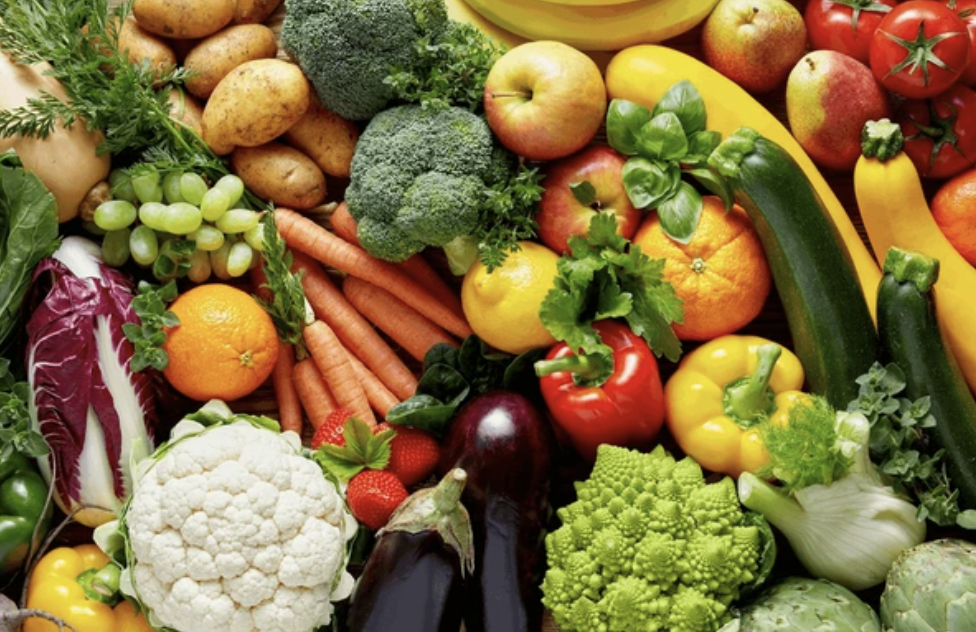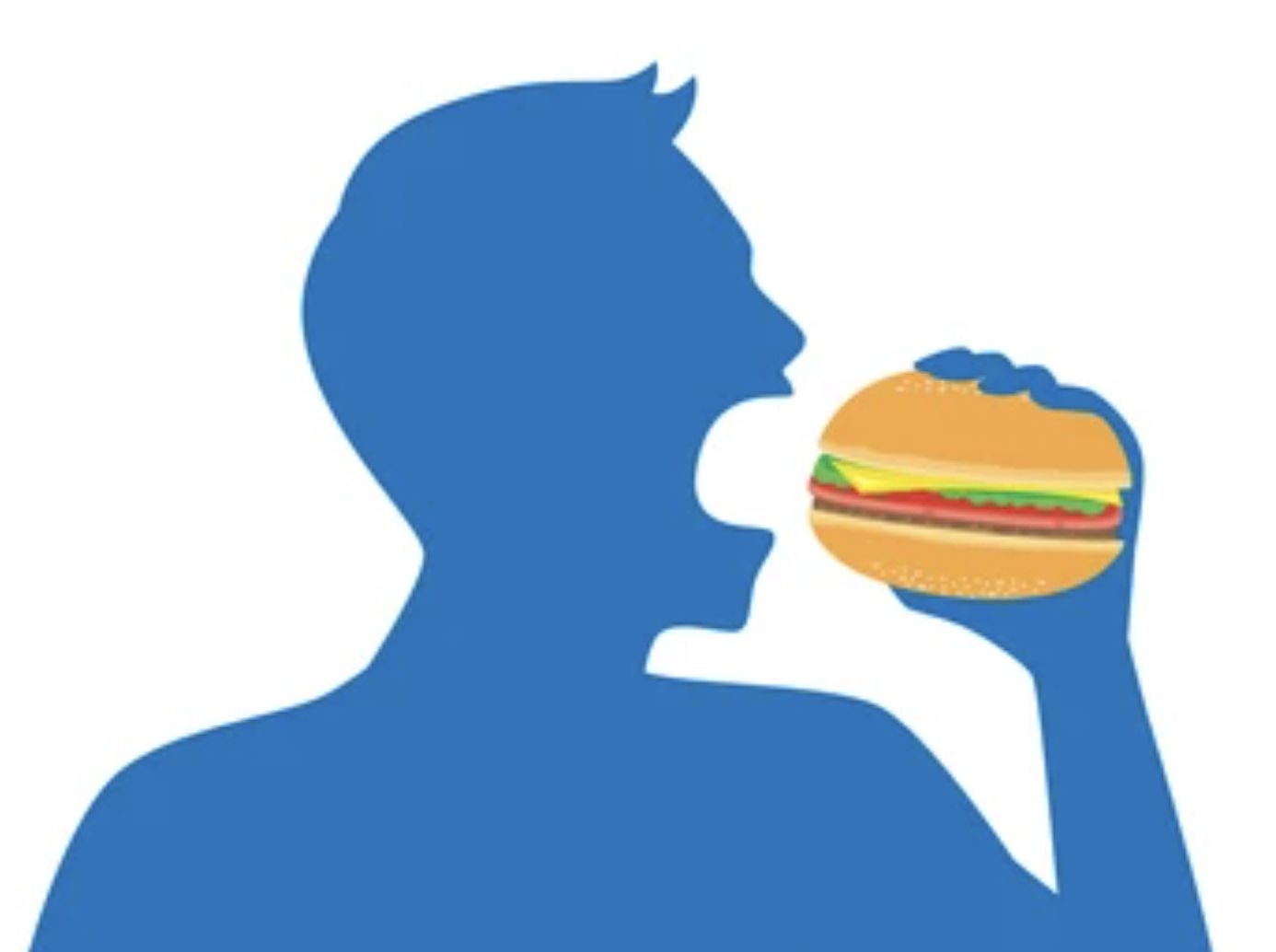To begin, opt for a plate that is reasonably sized, around 9 inches across. The size of our plate often determines the size of our portions. If your dinner plates are larger, consider using a smaller salad or dessert plate instead. Alternatively, if your dinner plates have a lip or artwork inside the edge, use that as a border for filling your plate.
Now, let’s move on to filling the plate! Visualize two lines dividing your plate into three sections:
- Half of your plate should be filled with non starchy vegetables. These veggies are low in carbohydrates and rich in vitamins, minerals, and fiber, making them an essential component of a healthy diet. By dedicating half of your plate to non starchy veggies, you ensure you get plenty of servings of these superfoods.
Here are a list of some non starchy vegetables:
- Asparagus
- Broccoli or Cauliflower
- Brussels Sprouts
- Cabbage (green, red, napa, bok choy, chinese)
- Carrots
- Celery
- Cucumber
- Eggplant
- Leafy greens such as kale, collards, mustard greens, or Swiss Chard
- Mushrooms
- Okra
- Green beans, pea pods, snow peas, and sugar snap peas
- Peppers such as bell peppers and hot peppers
- Salad greens such as lettuce, spinach, arugula, endive, and other salad mixes
- Squash such as zucchini, yellow squash, chayote, spaghetti squash
- Tomatoes
- One quarter of your plate should be filled with lean protein foods. Fish, chicken, lean beef, soy products, and cheese are all great examples of “protein foods.” It’s worth noting that protein foods, particularly those from animal sources, tend to contain saturated fat, which can increase the risk of heart disease. Therefore, lean proteins are a healthier option as they are lower in fat and saturated fat.
Here are some examples of lean protein foods:
- Chicken, turkey, and eggs
- Fish like salmon, cod, tuna, tilapia, or swordfish
- Shellfish like shrimp, scallops, clams, mussels, or lobster
- Lean beef cuts such as chuck, round, sirloin, flank, or tenderloin
- Lean pork cuts such as center loin chop or tenderloin
- Lean deli meats
- Cheese and cottage cheese
Plant-based sources of protein:
- Beans, lentils, hummus, and falafel
- Nuts and nut butters
- Edamame
- Tofu and tempeh
- Plant-based meat substitutes
- The remaining one quarter of your plate should be reserved for carbohydrate foods. This category encompasses grains, starchy vegetables, beans and legumes, fruit, yogurt, and milk. These types of foods have a significant impact on blood sugar levels. By limiting your portion of carbohydrate foods to one quarter of your plate, you can help prevent blood sugars from spiking excessively after meals.
Here are some examples of healthy carbohydrates:
- Whole grains such as brown rice, bulgur, oats/oatmeal, polenta, popcorn, quinoa, and whole grain products (bread, pasta, tortillas)
- Starchy vegetables such as acorn squash, butternut squash, green peas, parsnips, plantain, potato, pumpkin, and sweet potato/yam
- Beans and legumes such as black, kidney, pinto, and garbanzo beans
- Fruits and dried fruit
- Dairy products like milk, yogurt, and milk substitutes (i.e. soy milk)
- Additionally, it’s important to choose water or a low-calorie drink. Water is the ideal choice as it contains no calories or carbohydrates and has no effect on blood sugar. If you prefer some variety, you can explore zero- or low-calorie drink options.
Here are some examples:
- Unsweetened tea (hot or iced)
- Unsweetened coffee (hot or iced)
- Sparkling water/club soda
- Flavored water or sparkling water without added sugar
Finally, What about combination foods? Sometimes our meals don’t fit neatly into the plate’s sections. Dishes like soups, casseroles, sandwiches, pizza, and pasta often combine different food types. In these cases, you can still apply the plate method. Simply identify the various foods in the dish and think about which section of the plate they would fit into.
Remember, using the plate method not only helps with portion control but also ensures a balanced and nutritious meal.
When it comes to a slice of pizza, it’s helpful to consider the different components in terms of their nutritional value. The crust falls under the carbohydrate category, while the cheese and any meats on top are considered protein foods. As for the tomato sauce and any vegetables, they fall under the non starchy vegetables group.
To create combination dishes using the plate method, here’s an idea for a healthier pizza option. Opt for a thin crust to reduce the portion of carbohydrates, and load up on lots of vegetables instead of heavy meats (or choose lean meat if you prefer). Aim to have just 1 or 2 slices, and pair your pizza with a side salad to ensure that at least half of your meal consists of non starchy vegetables. This way, you’re able to enjoy a delicious slice while maintaining a balanced meal.
This content is for informational and educational purposes only. It is not intended to provide medical advice or to take the place of such advice or treatment from a personal physician. All readers/viewers of this content are advised to consult their doctors or qualified health professionals regarding specific health questions. Neither Catherine Ebeling, nor the publisher of this content takes responsibility for possible health consequences of any person or persons reading or following the information in this educational content. All viewers of this content, especially those taking prescription or over-the-counter medications, should consult their physicians before beginning any nutrition, supplement or lifestyle program.



